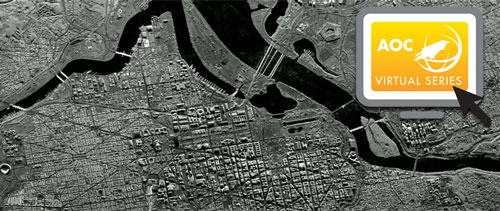Print this Article | Send to Colleague

REGISTER FOR NEXT WEEK'S WEBINAR: Fundamental Tradeoffs in Synthetic Aperture Radar (SAR)
January 30, 2015 | 1400-1500 EST (1900-2000 GMT)
Synthetic aperture radar (SAR) is a remote sensing technology capable of providing detailed two- and three-dimensional images of terrain and man-made structures and objects around the clock and under virtually all weather conditions. SARs are hosted on platforms ranging from small unmanned air vehicles, to commercial and military manned aircraft, to earth orbiting satellites, and have a host of scientific, commercial and defense applications.
An ideal SAR would provide fine resolution, high sensitivity imagery of large areas in a short time. In practice, the achievable resolution, sensitivity and area rates are determined by basic system parameters, such as power, bandwidth, standoff range, antenna design, processing capability and more. In this webinar, Dr. Mark Richards summarizes representative performance goals for a few broad classes of SAR applications and how they depend on basic radar parameters. In this context, he then shows how these goals sometimes interact and conflict, requiring the SAR engineer to tradeoff key system characteristics such as antenna size and PRF, or resolution and area coverage. Because data processing, requirements can also become a critical bottleneck, the increasingly important issue of onboard processing power efficiency vs. data link capabilities, especially in small platforms such as UAVs, will be described.
More Details
Platinum Sponsor


